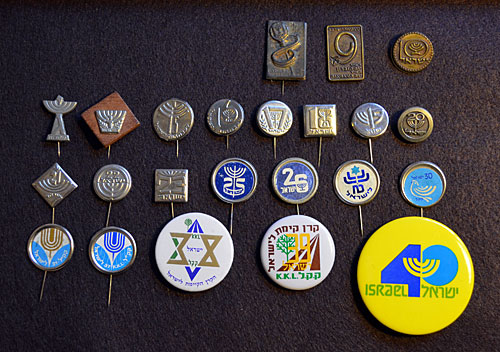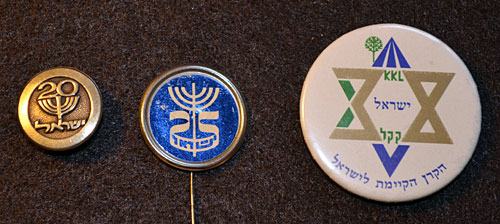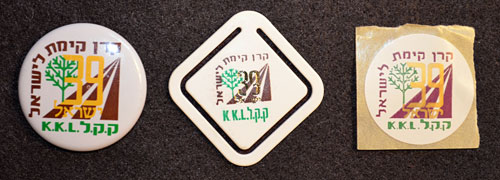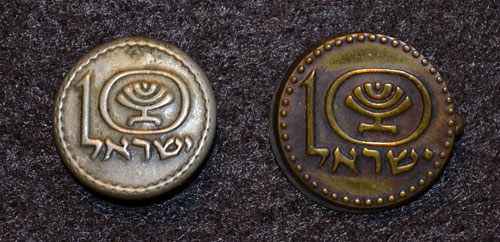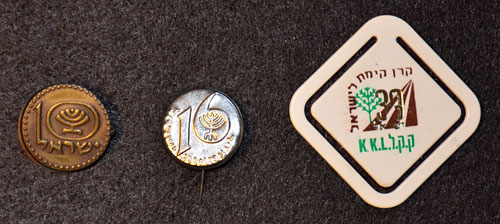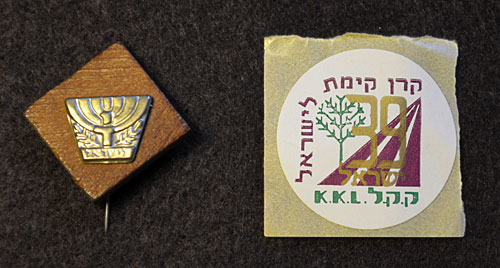Form follows function; but often both must follow the available materials.
Consider the image that comes to mind at a statement like
The great king raised his mighty sword to smite his enemies.
Surely, you imagine a sword structured something like this:

Photo courtesy Søren Niedziella, shared on flickr under CC license.
This, after all, is just about what a proper King’s sword would have to look like to serve him well.
Right?
Well, how about this instead?

Photo courtesy Dbachmann, shared on Wikimedia Commons under CC license.
Would you recognize this as a sword? If you were an Egyptian or Mesopotamian soldier some 4000 years ago, you certainly would. In fact, this was what a standard battle sword looked like between 2000 and 1300 BC. This one, missing its hilt at the right end, is from 1750 BC.
These weapons were in use across the ancient near east, and were called Khopesh in Egyptian. Their only sharpened edge was the outer side of the curved part at the left. You used this edge to beat on people, much like you’d use a club; stabbing was not even an option.
So, what’s going on here? A sword should be long, thin, sharp and pointy, so you can stick it into people at arm’s length; why make one that looks like a short, thick, bent metal rod that can only be used to clobber your enemies?
This is where a key fact comes in: we’re talking Bronze Age, when iron (and much less steel) was unavailable. Weapon designers were constrained by a metal that was too soft for anything long and thin; nor would it stay sharp for long. A one-sided “sickle sword” like the Khopesh could have a thick backside that would give the bronze both durability and hitting momentum.
Over the years the design varied somewhat; notably the sharp part grew longer at the expense of the handle, as in the sword below:

Incidentally, I wasn’t kidding about the king: below you see a PR image of Ramesses III smiting his enemies with a curved sword just like this one. He grabs the smaller-than-life enemies by the hair and is ready to smite them with the sword’s edge (the kings of those days, unlike today’s ornamental ones, were pretty hands-on where smiting was concerned). In fact, this image makes sense of the fact that “smite” is defined in the dictionary as “to strike with a heavy blow or blows” – strike, not skewer as with later sword designs. The guy on the right is more than a king – he is the Akkadian God Nergal, no less, and he holds a sickle sword in his left hand, its blade resting on the ground.

But then came the iron age, and it became possible to craft sharp long blades that wouldn’t break; and the bronze Khopesh went the way of the flint axe, doomed by a new technology that enabled new forms and new functionality.
That’s Progress for you…
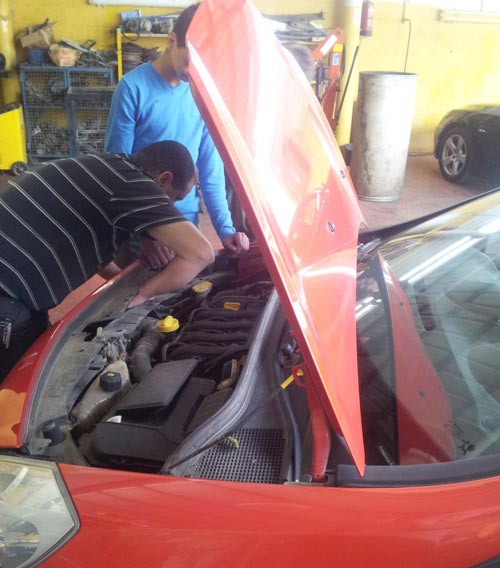






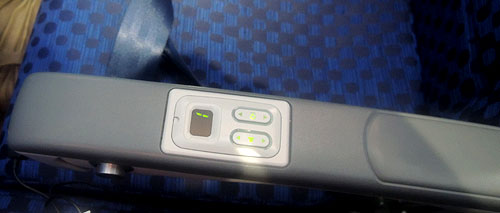
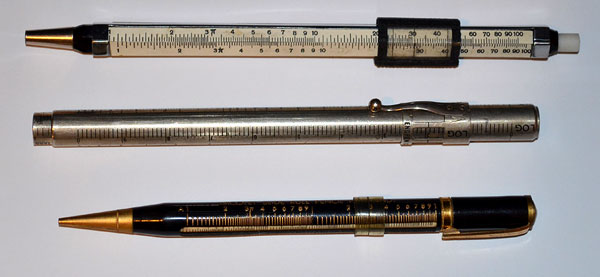

 To fully appreciate the ingenuity, you should know that there are two security inspection areas (you know, where they check your shoes and X-Ray your hand luggage): Security North and Security South. Both serve the same function, and they’re located a minute’s walk apart in this huge hall.
To fully appreciate the ingenuity, you should know that there are two security inspection areas (you know, where they check your shoes and X-Ray your hand luggage): Security North and Security South. Both serve the same function, and they’re located a minute’s walk apart in this huge hall.

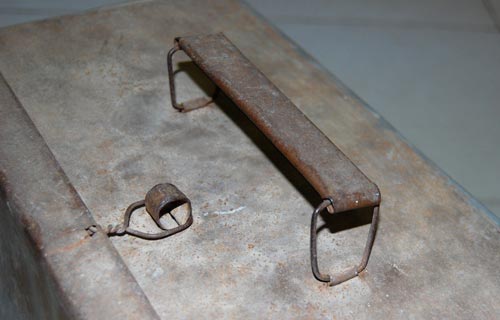

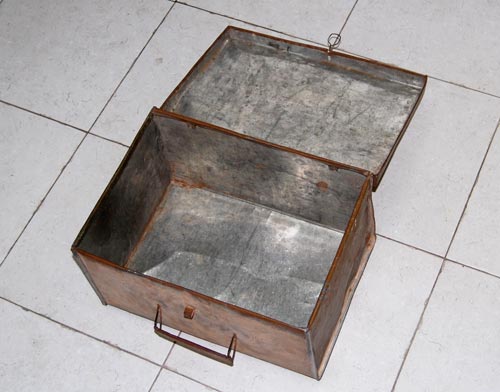
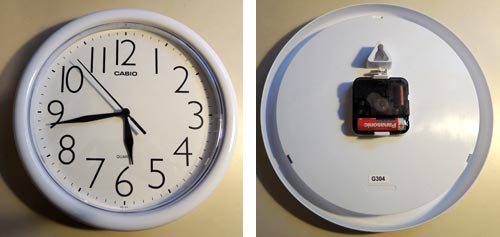
 But when I turned it over I found the screw, affixed to a specially molded clip on the back of the clock. Of course it costs the same to make the unit with or without the clip, and the nylon bag they saved costs nothing anyway; but only one maker in a hundred would bother to pay attention to such a detail.
But when I turned it over I found the screw, affixed to a specially molded clip on the back of the clock. Of course it costs the same to make the unit with or without the clip, and the nylon bag they saved costs nothing anyway; but only one maker in a hundred would bother to pay attention to such a detail.